Introduction
In the field of Applied Behavior Analysis (ABA) therapy, creating an inclusive and collaborative community is crucial for enriching the lives of individuals with autism. This article explores the importance of building partnerships, sharing best practices, promoting continuous learning, advocating for the rights of individuals with autism, fostering a culture of support, and engaging with families and caregivers within the ABA therapy industry. By embracing these principles, ABA providers can navigate challenges, enhance therapy outcomes, and ensure the well-being of children with autism.
Through the exchange of knowledge, resources, and experiences, the ABA community can drive progress and make a positive impact on the lives of individuals with autism.
Why Building an Inclusive and Collaborative Community is Important in the ABA Therapy Industry
In the field of Applied Behavior Analysis (ABA) therapy, the cultivation of an inclusive and collaborative community holds the key to enriching the lives of individuals with autism. The sharing of knowledge, experiences, and resources among ABA providers is pivotal in enhancing the caliber of therapy and the subsequent outcomes for those with autism. The journey of the Template House is a testament to this paradigm, demonstrating the transformative impact of purchasing a building to serve underserved populations and transitioning it into collective community ownership or a land trust. This approach mirrors the ethos of the ABA therapy industry, where collaboration and inclusivity are instrumental in driving progress.
Dr. Jan Blacher's insights on the evolving understanding of autism within the medical community underscore the need for adaptive and diverse intervention strategies. With autism prevalence rates now at 1 in 36, it is clear that a one-size-fits-all approach is outdated. The social model of disability further reinforces this notion, advocating for recognition of disability as a product of social constructs and calling for practices within ABA supports to evolve.
The sentiments of Dr. Doreen Granpeesheh echo the significance of flexibility and innovation in talent acquisition and management. By adopting a more flexible hybrid model of work, the Center for Autism and Related Disorders witnessed improved talent attraction, indicating the value of adaptability within the community. Similarly, the recommendations from the United Nations Convention on the Rights of Persons with Disabilities (CRPD) for equal access to justice emphasize the importance of community-embedded practices that support the full participation of persons with disabilities.
Autistic advocates and researchers advocate for the community's involvement in shaping autism research, as reflected in a study that gathered insights from 55 community members, including Autistic individuals, their families, and professionals. The consensus was clear: research has the potential to shape positive Autistic lives, but significant changes are necessary for it to do so. This study, among others, serves as a call to action for the ABA therapy industry to listen actively to the community it serves and to tailor its research priorities accordingly.
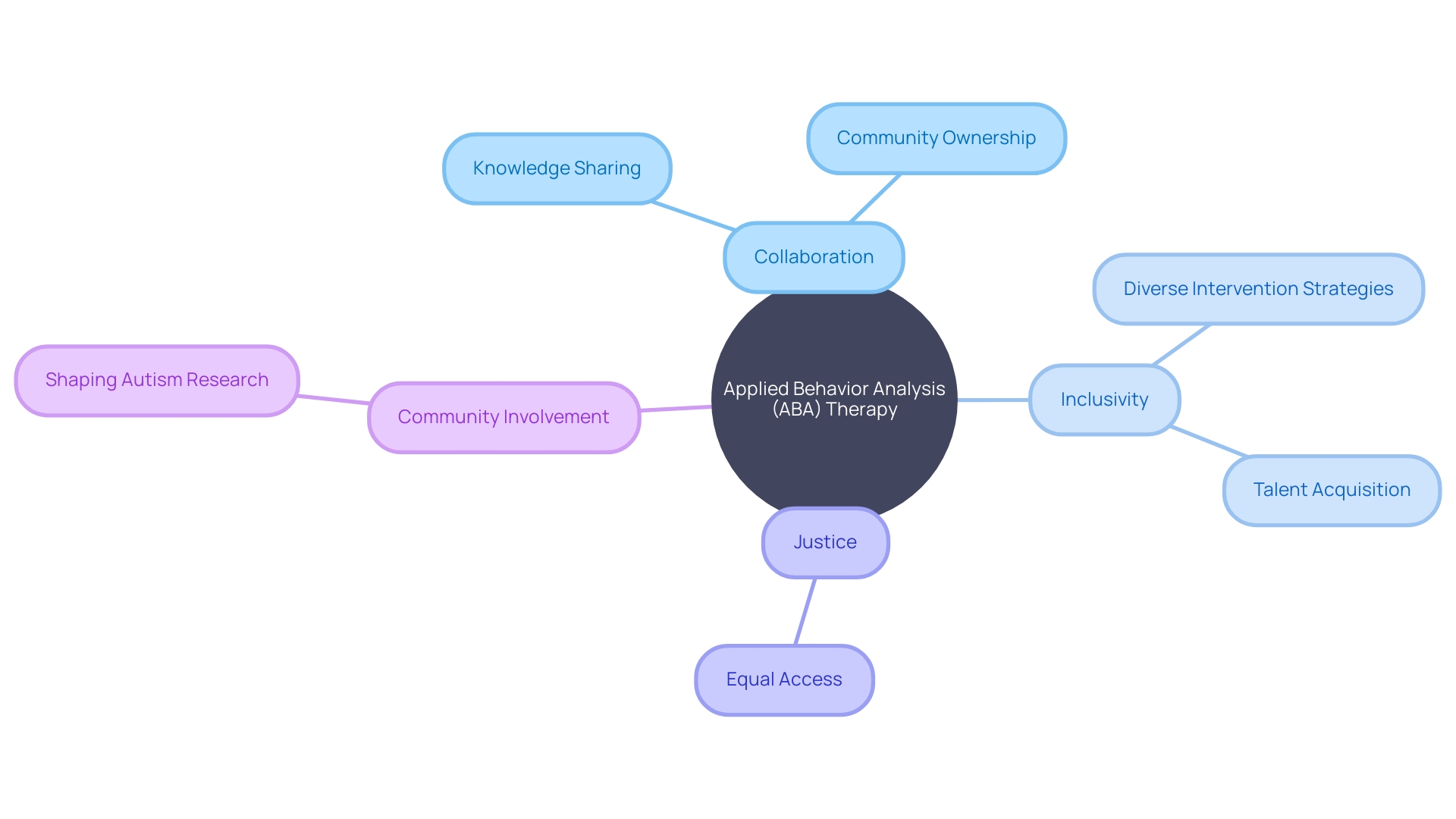
Creating a Supportive Network for ABA Providers
Building a robust support network is crucial for ABA providers aiming to foster a welcoming and collaborative atmosphere in the industry. This network should encompass a diverse group of professionals such as fellow ABA providers, educators, researchers, and importantly, the families of individuals with autism. Such a network enables the exchange of innovative ideas, advice, and the sharing of experiences which can lead to enhanced outcomes for individuals with autism.
Dr. Jan Blacher, a research professor of education and psychology, highlights the evolving understanding of autism, indicating a need for tailored approaches in treatment and support. With the increase in autism diagnoses, it becomes even more imperative to share knowledge and strategies across the ABA community to address the diverse needs effectively.
Research underscores the importance of early intervention in a child's development. Services ranging from physical therapy to speech and language assistance play a pivotal role in building a solid foundation during critical early growth stages, as outlined under Part C of the Individuals with Disabilities Education Act (IDEA).
The adoption of a "business in a box" model in healthcare, which focuses on providing comprehensive support for various business aspects without the constraints of a franchise, speaks to the independence and adaptability necessary in the ABA industry. This approach allows ABA providers to personalize their services to meet the unique needs of their clients and their families.
The growing interest in private equity investment in ABA providers also demonstrates the potential for resource expansion within the industry. It's a reminder of the importance of innovation and adaptability in attracting talent and providing quality care.
In light of these insights, ABA providers should actively pursue the creation of a supportive community that recognizes the unique contributions of each member, leverages collective expertise, and prioritizes the well-being and development of individuals with autism. This collaborative effort not only enhances professional growth but also ensures that every child, regardless of their challenges, has a fair opportunity to thrive in all aspects of their life.
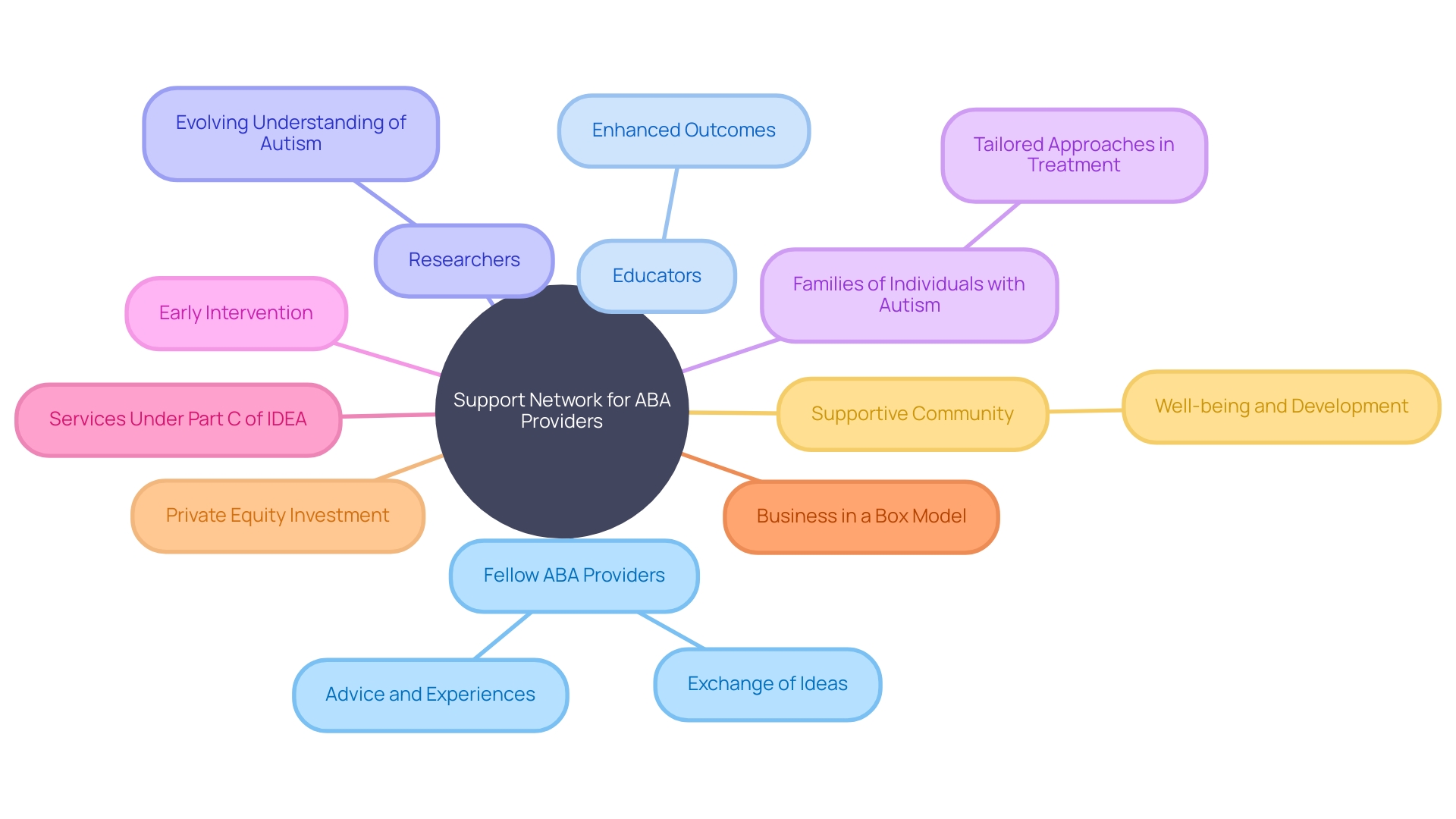
Sharing Best Practices and Resources
Sharing best practices and resources is a cornerstone of fostering an inclusive and collaborative community within the ABA therapy industry. When ABA providers bring their expertise, strategies, and success stories to the table, it can lead to a wealth of benefits for the entire community, especially for children with autism and ADHD.
Providers can start by conducting thorough assessments as a Board Certified Behavior Analyst (BCBA) to establish specific, measurable goals for each child. Regularly monitoring the child's progress allows for the adjustment of strategies, ensuring continued benefits. This approach is reflected in the new guidelines released by the Council of Autism Service Providers, which aim to provide ABA standards of care for all stakeholders.
Effective communication and active listening are crucial when building rapport with parents. Clearly stating a commitment to the child's best interests and partnering with families in the therapeutic process empowers them and demonstrates confidence in their abilities.
In light of recent news, such as the U.S. Administration for Children and Families' new federal rule supporting kin caregivers, it's evident that placing children with kin can lead to better outcomes, including behavioral and mental health improvements. This aligns with the ABA industry's focus on not just the child but the entire family unit, emphasizing the need for flexible support services that cater to diverse needs and schedules.
Furthermore, embracing new technologies can enhance the quality of care provided. For instance, the Center for Autism and Related Disorders has adapted its talent acquisition approach to include a more flexible hybrid model of work, which has proven successful in attracting better talent.
By sharing knowledge and resources within the community, ABA providers can contribute to the continuous improvement of standards and practices. This collaborative effort not only benefits the professionals but ultimately supports the children and families they serve. As such, it's imperative for ABA providers to actively engage in this exchange of knowledge to promote professional growth and enhance the efficacy of ABA therapy.
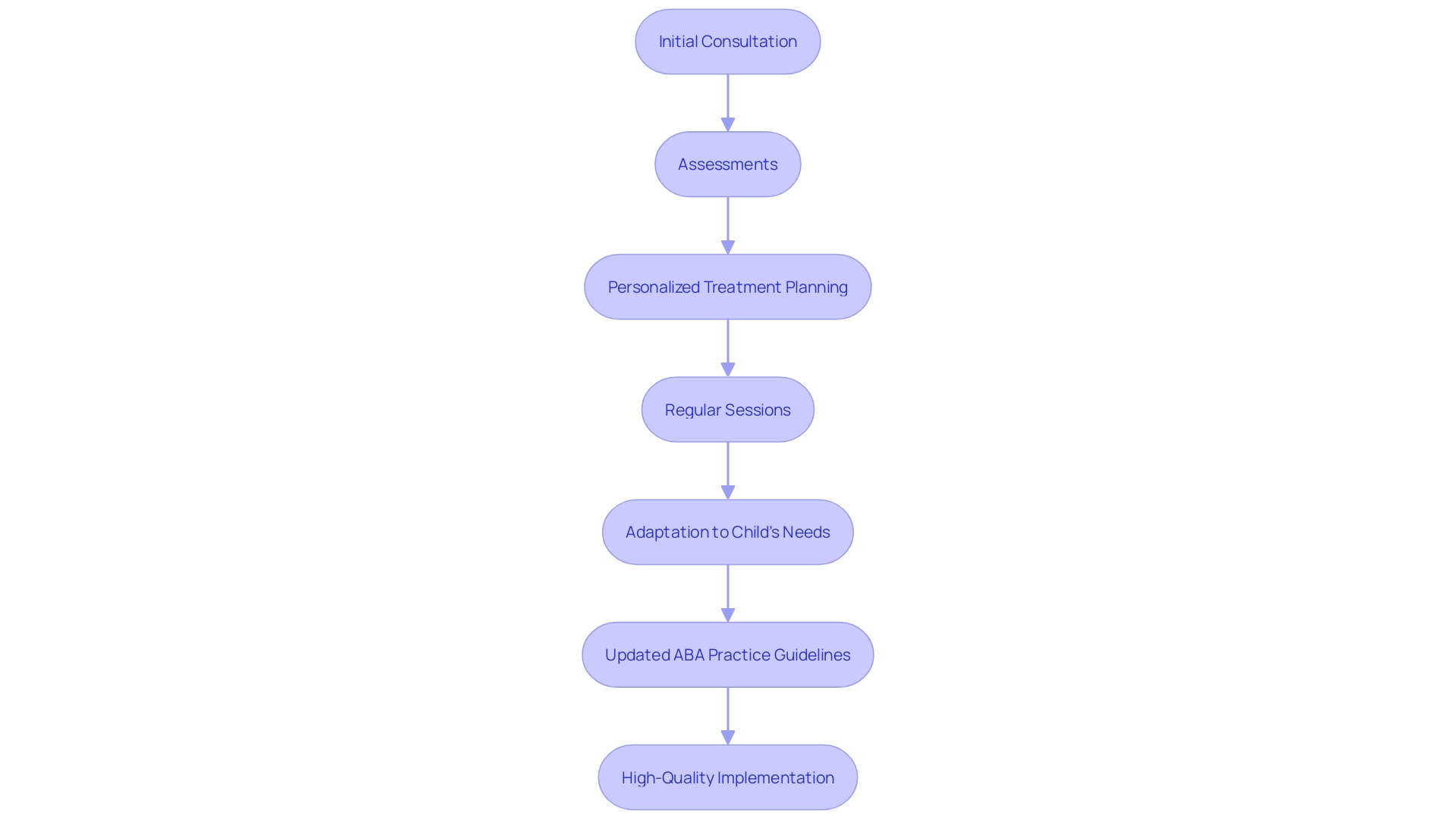
Promoting Continuous Learning and Professional Development
Continuing education and skill enhancement are cornerstones in advancing the ABA therapy landscape. Remaining abreast of the latest developments in research and therapy strategies elevates a provider's capability to offer superior care to those with autism. For instance, just as Guide Dogs transitioned to a digital-first blended learning platform to train staff more effectively, ABA providers can leverage similar educational technologies to sharpen their skills and expand their knowledge base.
Incorporating emotional intelligence (EQ) into professional development is another transformative strategy. As Daniel Goleman, the renowned psychologist, highlighted, EQ's components—empathy, self-regulation, self-awareness, and social skills—enable providers to deliver feedback constructively. This can lead to improved trust and motivation among colleagues, fostering a culture of excellence and high-quality service delivery.
Drawing inspiration from diverse industries can be beneficial. For example, the integration of technology in Somerset Academies of Texas streamlined processes across departments, suggesting that ABA providers could benefit from similarly cohesive systems in their practice. This approach not only supports operational efficiency but also enhances learning and development initiatives.
Moreover, the evolving landscape of health technology, as reported by AT-Newswire, indicates an uptick in innovative solutions that can also be applied within the ABA sector. From brain-computer interfaces to remote health monitoring, these advances offer new avenues for ABA professionals to enrich their practice and better support their clients.
Redefining talent acquisition strategies, as recommended by Doreen Granpeesheh of the Center for Autism and Related Disorders, also plays a crucial role. Adopting flexible work models and responding proactively to industry demands can attract and retain top talent, ensuring that the best minds are available to drive the industry forward. The shared goal is to cultivate an environment where continuous learning is not just encouraged, but seamlessly integrated into every aspect of ABA therapy.
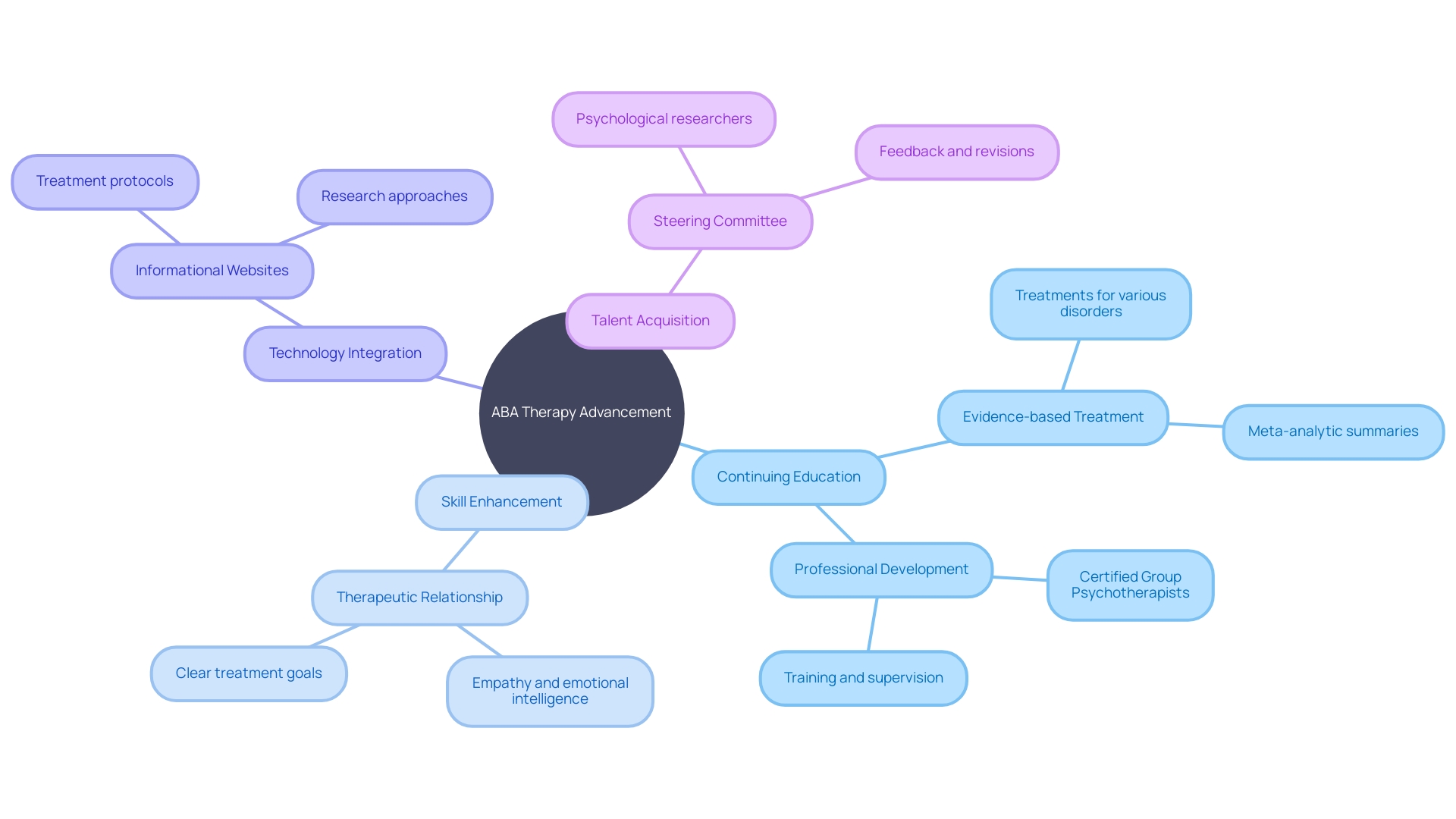
Advocating for the Rights and Needs of Individuals with Autism
The role of Applied Behavior Analysis (ABA) providers extends beyond providing therapy; it involves championing the rights and addressing the unique needs of individuals with autism. This proactive advocacy is essential in securing equitable access to high-quality therapeutic interventions, inclusive educational opportunities, and comprehensive support services. By embracing a model that recognizes disability as a product of social injustice, ABA professionals can work towards dismantling barriers and fostering a society that values and includes all individuals.
For example, the social model of disability emphasizes that societal barriers, rather than individual impairments, are the primary obstacles to the inclusion of people with disabilities. This perspective encourages ABA providers to reflect on their practices and seek ways to support autistic individuals in a manner that respects their minority identity and promotes social change. Additionally, the sharing of scientific knowledge and methodologies, a practice known as open science, can greatly enhance the effectiveness of research and therapy in the field of ABA. By engaging in collaborative efforts and open sharing of data, ABA professionals can contribute to a robust body of knowledge that benefits not only their clients but the wider community as well.
Recent news highlights the evolving understanding of autism and the increasing prevalence of autism diagnoses, underscoring the importance of a varied approach to intervention that considers the diverse needs of individuals on the spectrum. Furthermore, the success of open science models in addressing global challenges, such as the COVID-19 pandemic, demonstrates the potential for such collaboration in advancing autism research and therapy.
Case studies reveal that transitions, such as moving from school to community-based settings, can be particularly challenging for autistic individuals due to the uncertainty and unfamiliarity involved. ABA providers can support these transitions by advocating for environments that provide opportunities for skill development, networking, and volunteering, as seen in community initiatives like the Friends of St James Park's cafe in Southampton, UK. Additionally, fostering strong rapport and trust with parents through clear communication and active listening is crucial. This approach not only supports the individual with autism but also empowers families, ensuring they are active partners in the therapeutic process.
Statistics from the Interagency Autism Coordinating Committee (IACC) and personal narratives from families navigating the system further highlight the need for transparent, equitable, and supportive practices within the ABA industry. By aligning with the principles of open science and advocacy, ABA providers can pave the way for a more inclusive, collaborative, and effective community that champions the well-being of individuals with autism and their families.
Building Partnerships with Other Professionals and Organizations
Building a supportive network within the ABA therapy industry is not just beneficial; it's essential for enhancing the quality of care for individuals with autism. By embracing partnerships with professionals across various disciplines, ABA providers can gain insights from fields such as art therapy, where approaches rooted in quantitative research design, like those implemented by James Bulosan (MAAT, ATR), have shown significant promise in addressing complex mental health issues. Such interdisciplinary collaborations can offer fresh perspectives and innovative strategies, enabling ABA practitioners to tailor their interventions more effectively.
With the rise in autism diagnosis, as highlighted by Dr. Jan Blacher's observation of the prevalence shifting from 1 in 2,500 to 1 in 36, the demand for diverse and effective treatment options has never been greater. This calls for a collective effort to refine treatment protocols and adapt to the evolving understanding of autism's spectrum. As evidenced by the Society of Clinical Psychology, the integration of treatments for various disorders, including anxiety, mood, and severe chronic disorders, shows the potential for improved outcomes when evidence-based practices are shared and applied across different modalities.
Furthermore, the adoption of new technologies and flexible work models, as implemented by organizations like the Center for Autism and Related Disorders, demonstrates the industry's shift towards innovative solutions that attract top talent and improve service delivery. These strategies underscore the importance of listening to client feedback and adapting services to meet their needs, ultimately enhancing the therapeutic experience for both clients and providers.
As ABA providers seek to establish effective collaborations, they can look to successful models like the Illinois Art Therapy Association and the American Psychological Association's recognition of Group Psychology and Group Psychotherapy as a formal specialty. These examples illustrate the benefits of a united approach to mental health care and the positive impact of collective expertise on the industry at large.
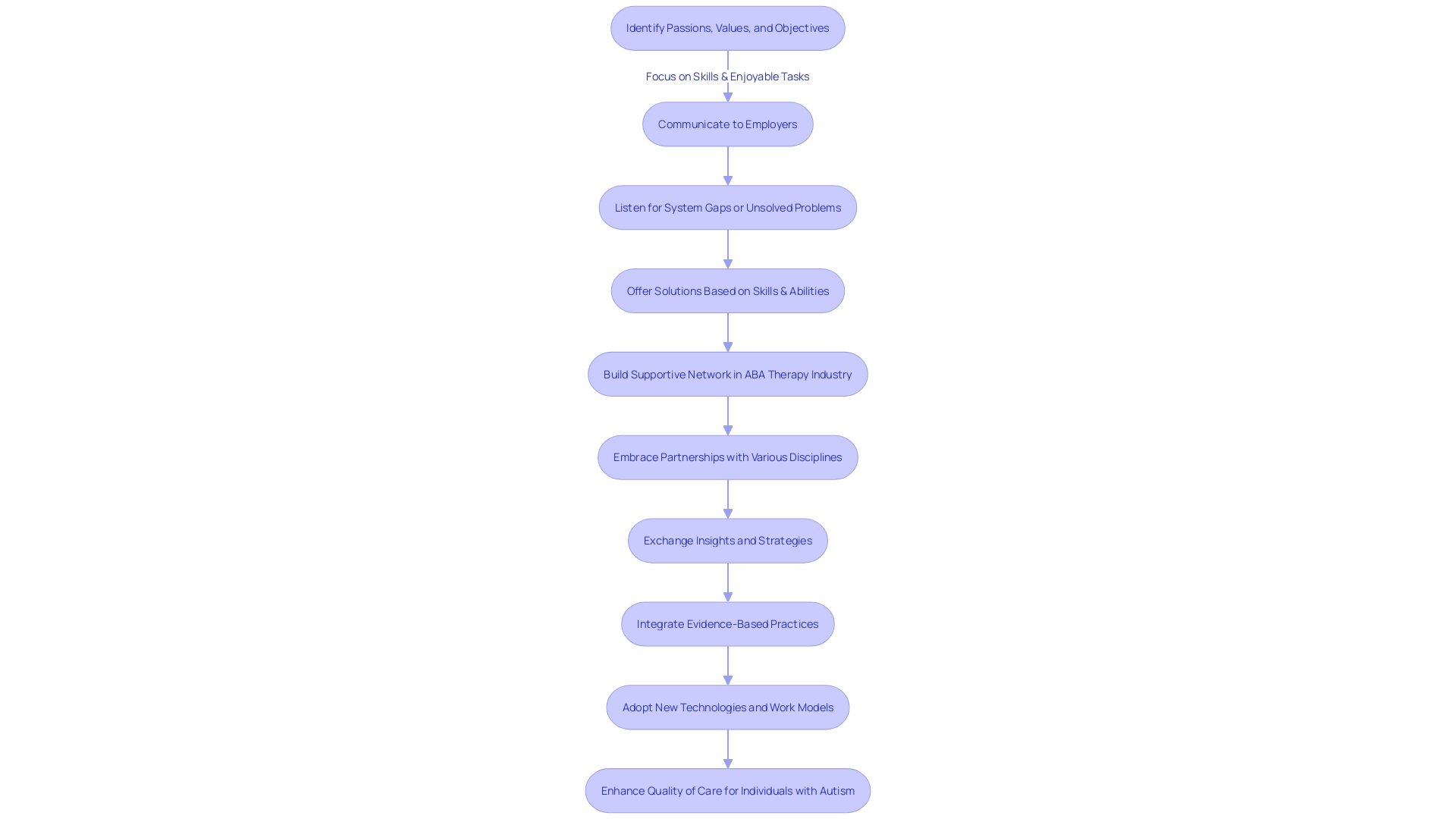
Fostering a Culture of Support and Feedback
Fostering a culture of support and feedback within the ABA therapy industry is a powerful way to build an inclusive and collaborative community. The benefits of such a culture are manifold, ranging from improved treatment outcomes to the professional growth of ABA providers. By embracing emotional intelligence principles such as empathy and self-regulation, ABA providers can offer feedback that is not only constructive but also well-received, fostering a psychologically safe environment where colleagues are encouraged to express themselves and take appropriate risks without fear of negative consequences.
The ABA therapy process is complex and tailored to each child, involving individual assessments, goal setting, and consistent monitoring. This approach underscores the necessity for a collaborative environment where ABA providers can share insights and strategies. When a Board Certified Behavior Analyst (BCBA) sets specific, measurable goals for a child, it is the collective support and shared knowledge of the entire team that ensures these goals are effectively met and adjusted as needed.
Recent guidelines from the Council of Autism Service Providers highlight the importance of maintaining high-quality ABA practices. These guidelines, along with the increasing recognition of kinship caregivers' roles—as evidenced by the U.S. Administration for Children and Families' new rule—demonstrate a shift towards acknowledging the broader support systems that contribute to children's well-being. In light of this, it is vital for ABA providers to not only focus on the child but also on supporting the family as a unit, adapting to their unique needs and schedules.
To promote unity and teamwork, ABA providers can adopt behaviors and practices that build psychological safety, as suggested by experts in organizational behavior. This includes dedicating time to improve work processes and tools, and welcoming incomplete ideas as part of a continuous improvement process. By doing so, ABA providers can create an environment where innovation thrives, ultimately benefiting children with autism and ADHD.
Engaging with Families and Caregivers
The ABA therapy industry thrives on the strength of its community, which includes not only the ABA providers but also the families and caregivers of individuals with autism. Inclusion and collaboration are paramount in ensuring that therapy is tailored to address the unique needs and goals of each individual. Recent federal rules by the U.S. Administration for Children and Families have emphasized the importance of family engagement, highlighting research that shows children in kin-care situations benefit from improved mental health outcomes and an increased sense of belonging.
Families and caregivers are the most fundamental support systems, with over 53 million Americans providing care to individuals with special needs. It's essential that ABA providers recognize the expertise that families bring to the table. By embracing mutual competence, providers and families can work together as equal partners, valuing each other's knowledge and experience in promoting the child's best interests.
Moreover, the pandemic has underscored the critical role of caregivers and the challenges they face, from employment impacts to direct care workforce shortages. ABA providers can mitigate these challenges by cultivating strong partnerships with parents and caregivers, characterized by trust and open communication. This involves not only listening to their concerns but also empowering them, as they are integral to the therapy process.
Active engagement with families means involving them from the initial design of therapy programs to the application of health technologies, like digital applications that can enhance therapy adherence and usability. Such collaboration can improve not only the outcomes for the child but also the satisfaction and well-being of the caregivers. By following these strategies, ABA providers can foster an inclusive and collaborative community that is resilient, supportive, and beneficial for all involved.
Continuing Education and Resources for Parents and Caregivers
The nurturing support from parents and caregivers plays a pivotal role in the lives of individuals with autism, akin to competitors in a race striving for a fair start. Ensuring these dedicated caregivers have access to continuous education and resources is a cornerstone of creating an equitable society. The late Dr. David (Dan) R. Offord's poignant words remind us that the 'race' of growth and development must be equitable, especially for those who often face additional hurdles. To achieve this, recognizing the unmet needs and the unique assets that children with autism bring to their communities is essential. They require support systems that alleviate chronic stress and empower their families to foster their healthy development.
The Autism Community in Action (TACA) and the Interagency Autism Coordinating Committee (IACC) exemplify the commitment to providing caregivers with the knowledge they need, from understanding medical research to navigating school systems for services and accommodations. Moreover, the Kevin and Avonte Program demonstrates the government's investment in safety and awareness initiatives, with $10.3 million allocated to local programs aimed at preventing wandering and elopement, behaviors often associated with autism.
Autism not only poses challenges but also brings inspirational stories of growth and community involvement, as shared by Dennis Kimbro and Kelley Coleman. Coleman's forthcoming book offers a practical guide for navigating the complexities of parenting a child with disabilities, providing templates, resources, and expert insights to equip caregivers with the necessary tools.
As we continue to address the educational needs of parents and caregivers, the stark statistics of over 265,000 children losing a caregiver to COVID-19 underscore the urgency. The pandemic's impact, especially on minority communities, highlights the pressing need for accessible and comprehensive support for all families. This includes ensuring equitable participation for children with disabilities in all aspects of life, which is essential for their mental health and the well being of their families.
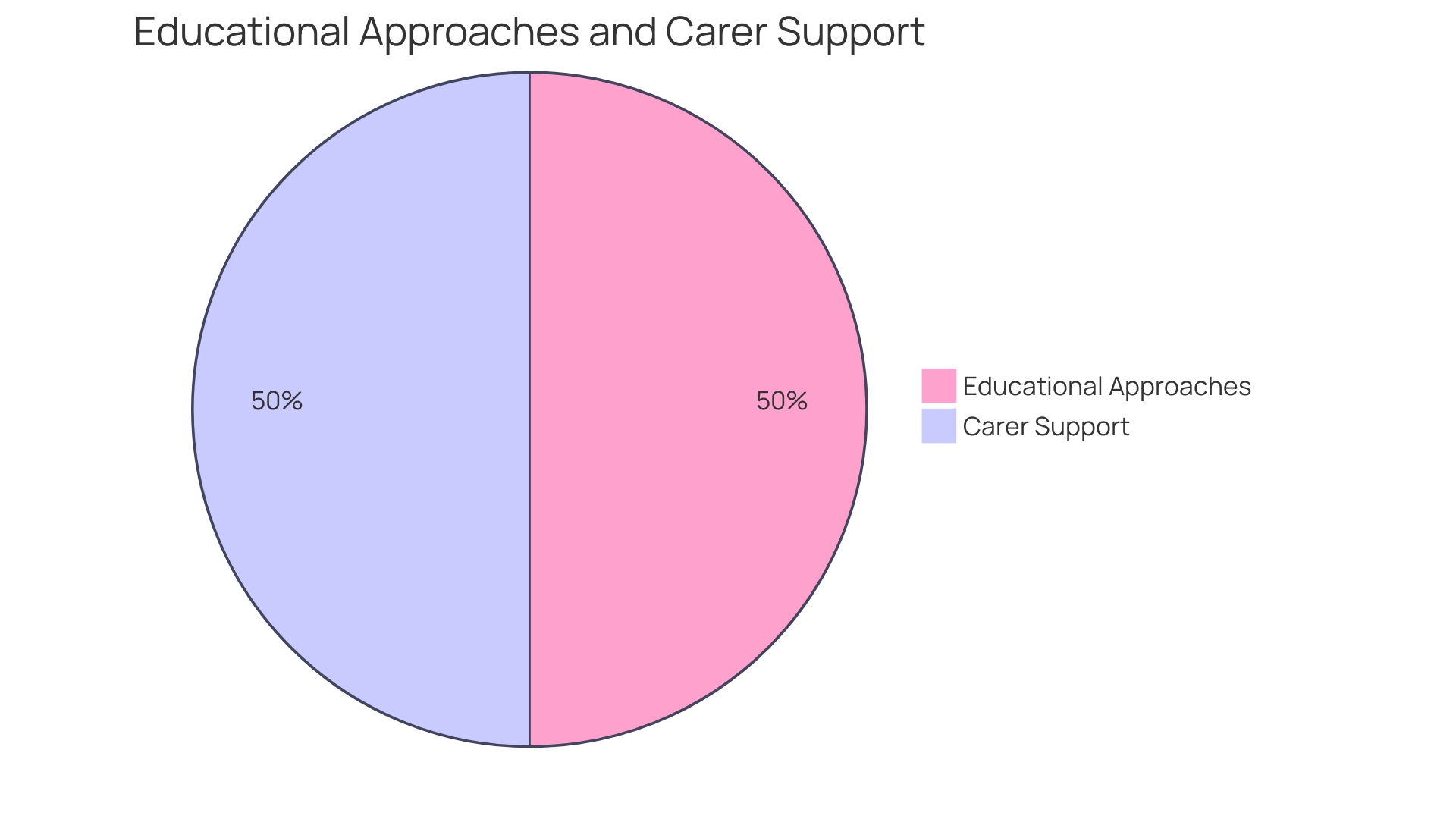
Conclusion
In conclusion, building an inclusive and collaborative community within the ABA therapy industry is crucial for enriching the lives of individuals with autism. By embracing partnerships, sharing best practices and resources, promoting continuous learning, advocating for rights, and engaging with families and caregivers, ABA providers can navigate challenges and ensure the well-being of children with autism.
Creating a supportive network that includes professionals from various disciplines and families enables the exchange of innovative ideas and experiences. Effective communication, early intervention, and personalized services tailored to each child's unique needs foster a culture of support.
Sharing best practices and resources enhances the quality of care. By conducting thorough assessments, monitoring progress, and involving parents in the therapeutic process, ABA providers ensure positive outcomes. Embracing new technologies and staying updated through continuous learning further elevates the care provided.
Advocating for rights is essential. Recognizing disability as a product of social injustice and engaging in open science promote inclusivity. Supporting transitions and prioritizing family well-being contribute to an effective community.
Building partnerships with professionals and organizations brings fresh perspectives. Fostering a culture of support and feedback creates a safe environment for growth.
Engaging with families as equal partners, recognizing their expertise, and empowering them are fundamental. Collaboration from program design to technology application ensures the best outcomes.
Providing continuous education and resources for parents and caregivers is crucial. Recognizing unique assets and alleviating stress creates an equitable society.
By embracing these principles, ABA providers can navigate challenges, enhance outcomes, and ensure the well-being of children with autism. Together, we can create an inclusive, collaborative community that positively impacts lives.




